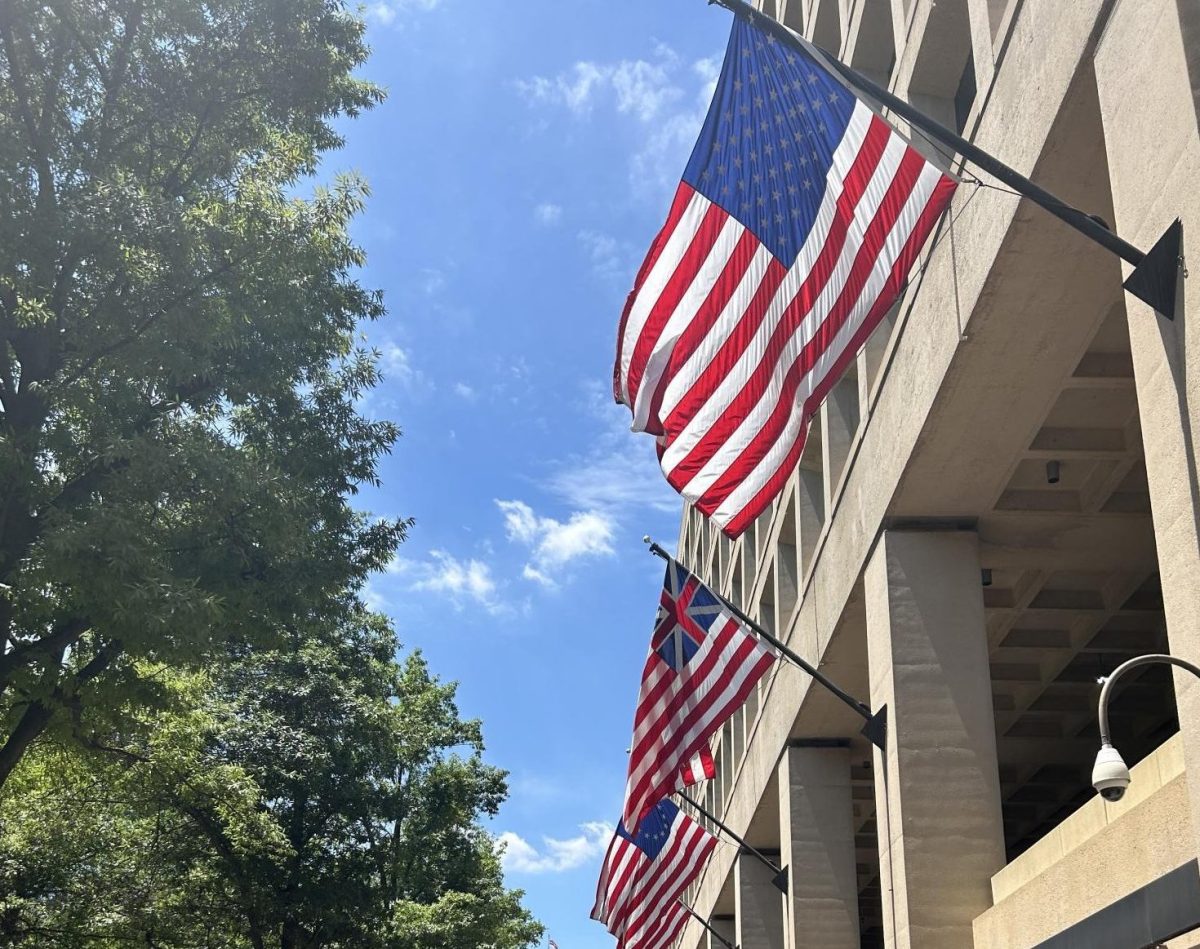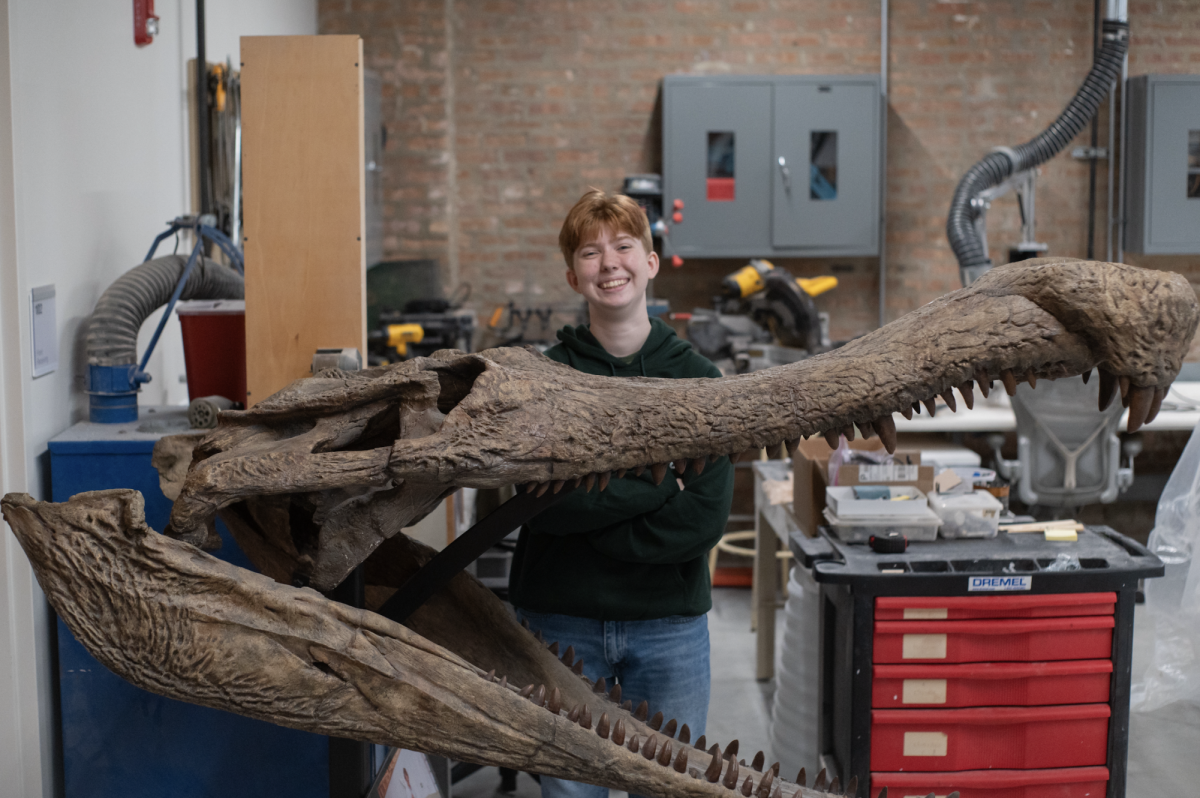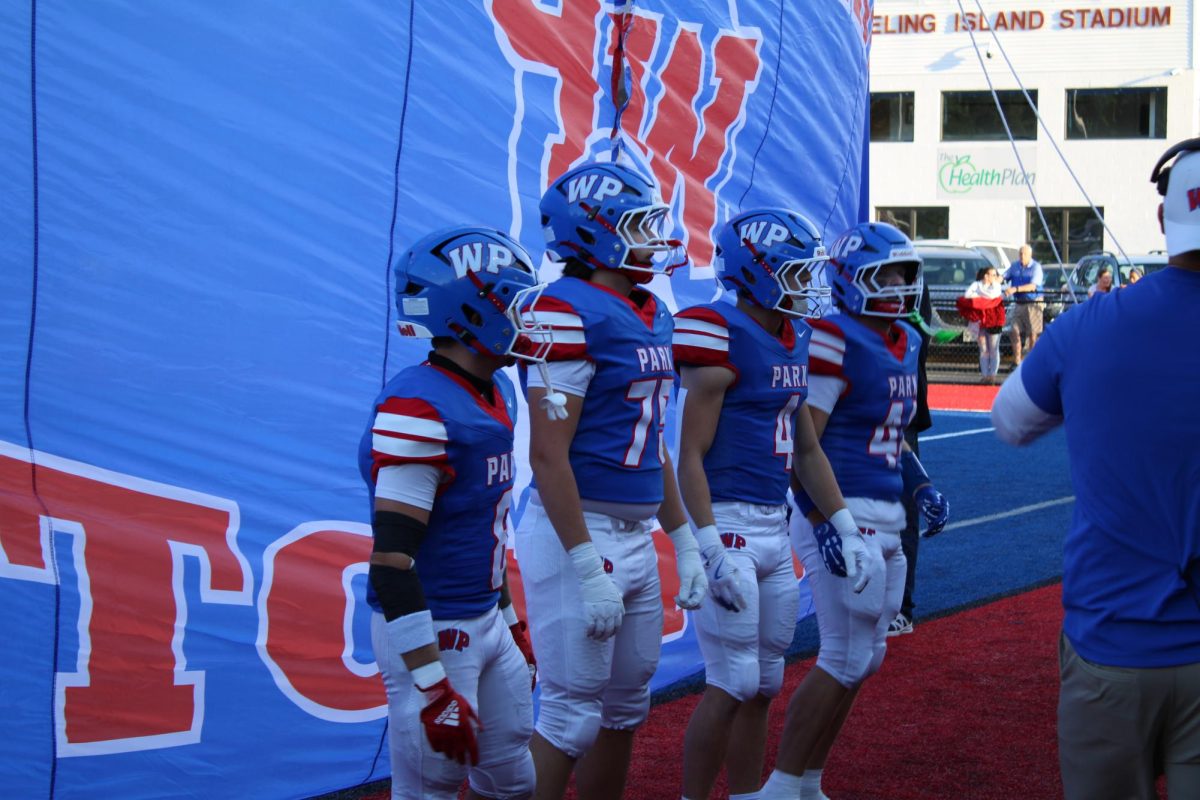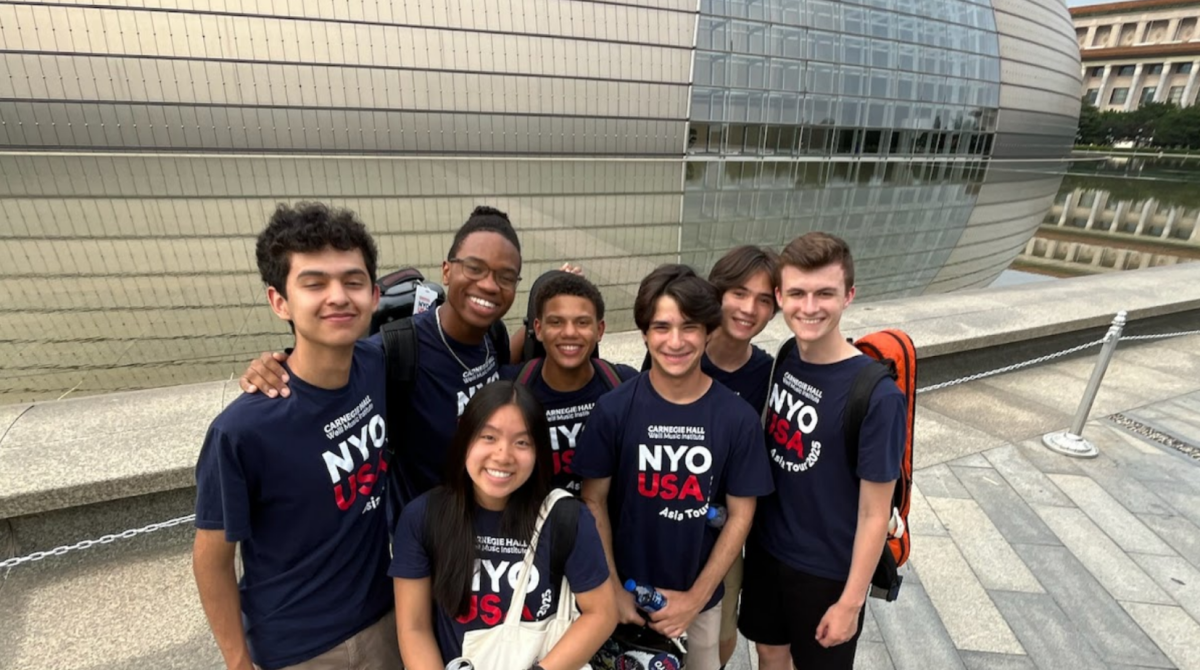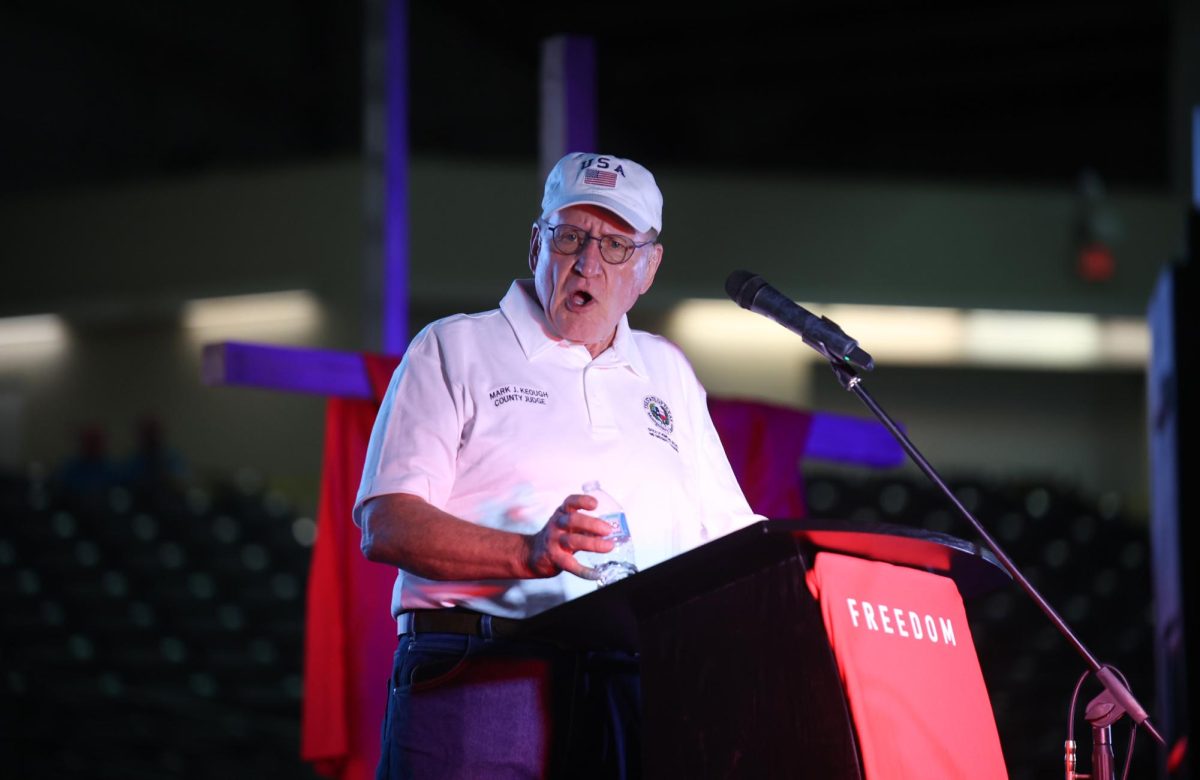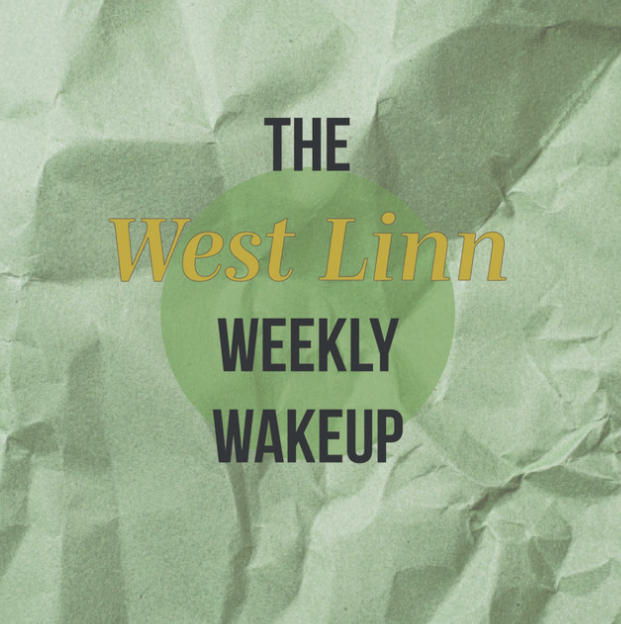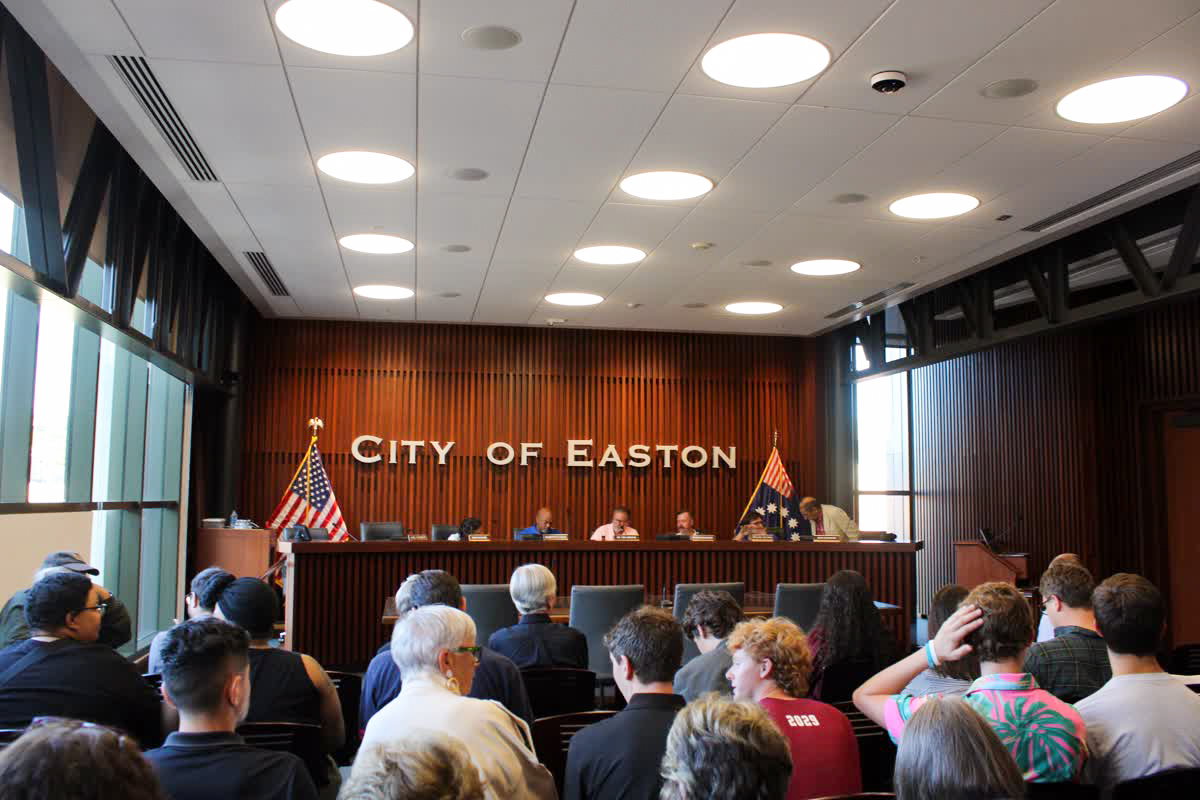Some progress was made towards a final vote on the approval of a million-square-foot Easton-area warehouse on Wednesday, but the Easton Planning Commission’s decision — on which the outcome of the project depends — was delayed by heated debates between the warehouse development company and the commission.
The commission met to hear a rebuttal from the development company Scannell Properties, which prompted arguments and personal attacks against commissioners in a packed Easton City Hall during the five-hour meeting.
“It’s a painstaking process that’s going to take months for us to get through,” said Hubert Etchison, the vice chairman of the commission, after the meeting.
Four witnesses were called to the meeting by Scannell to counter concerns raised in a May presentation from the local anti-warehouse coalition, according to city solicitor Joel Scheer. The meeting resembled a court hearing, with public comments held until the witnesses presented; however, because of time constraints, only one witness presented and no public comments were heard.
Marc Kaplin, an attorney representing Scannell Properties, argued during the meeting that the commission should support the warehouse. Over the past year, the company received zoning permits from various jurisdictions, including the Easton Fire Department, the city forester, the city traffic engineer, the city planning staff and the Pennsylvania Department of Environmental Protection. Meanwhile, neighboring borough Wilson approved the warehouse last September, leaving the final hurdle up to Easton.
“We have everything we need, except the recently filed special exception,” Kaplin said, referring to Scannell’s hopes to reroute a Bushkill Creek feeder stream running through the planned warehouse site, a plan the planning commission unanimously recommended against in August.
Further discussion on the issue will be brought to Easton’s zoning hearing board on Sept. 18, according to Kaplin.
Kaplin claimed that the planning commission has been “stalling” due to “misinformation, falsehoods and hearsay” presented by the anti-warehouse coalition.
When some of Scannell’s digital documents would not load on a screen, one member of the crowd muttered “God’s will” — others jeered at times; one labeled Kaplin a “misogynist.”
Kaplin, meanwhile, defended his work and argued Scannell’s planning was part of the “most extensive reviews” he had “ever seen.”
Later in the meeting, Kaplin traded places on the podium with landscape engineer and architect Donald Haas, the only of Scannell’s four witnesses to present.
Haas touted the environmental benefits of rerouting the Bushkill feeder stream denied by the commission in August, citing a floodplain analysis he conducted. He said that rerouting the stream could support local biodiversity, and he again highlighted the many city zoning permits approving the warehouse.
Both Kaplin and Haas were met by dozens of questions from the planning commission, with many posed by commissioner Kim Wagner. Wagner highlighted national land permits and environmental concerns with the project, as well as worries over whether the commission had updated documents. A frustrated Kaplin called the confusion “nothing but a filibuster” by Wagner.
“If there really were legitimate questions about whether this is complete or not, then they should have been raised with staff, or they should have been raised with us,” Kaplin said.
Many members of the crowd wore black, a form of protest, per the anti-warehouse coalition’s website. Tensions between the warehouse representatives and the crowd required occasional intervention by commission chair Ken Greene.
Colleen O’Neal, the head of the coalition, said the group will continue to “fight tooth and nail.”
“These types of large companies, when they’re trying to fight against any sort of resistance, they will try to drag it out and try to exhaust people,” she said.
Over a dozen Lafayette College students were at the meeting. Harrison Zoller ‘27 and Abby Cooley ‘27, both opponents of the warehouse involved in Lafayette’s environmental studies program, have helped organize student support for the anti-warehouse movement.
Zoller said that when students entered the building, a security guard applauded and thanked them for attending. He said he felt proud that Lafayette students were there to connect to city workers, “volunteering their time free of charge so they can make a difference in their own community.”
“It’s something bigger than this exact warehouse,” said Cooley, explaining that “people are not able to make decisions about their own places that they live, their own air that they’re going to be breathing.”
The planning commission is slated to next meet to discuss the warehouse on Oct. 15, according to Scheer. The vote previously scheduled to occur on Oct. 3 was pushed due to a religious holiday. The zoning hearing board remains scheduled to reconvene Sept. 18 to discuss the developer’s proposal to build on a floodplain, previously denied by the board.
“I wouldn’t be surprised if this went to November or December,” Etchison said.
Connor Harris ’28 contributed reporting.
This story was originally published on The Lafayette on September 8, 2025.


